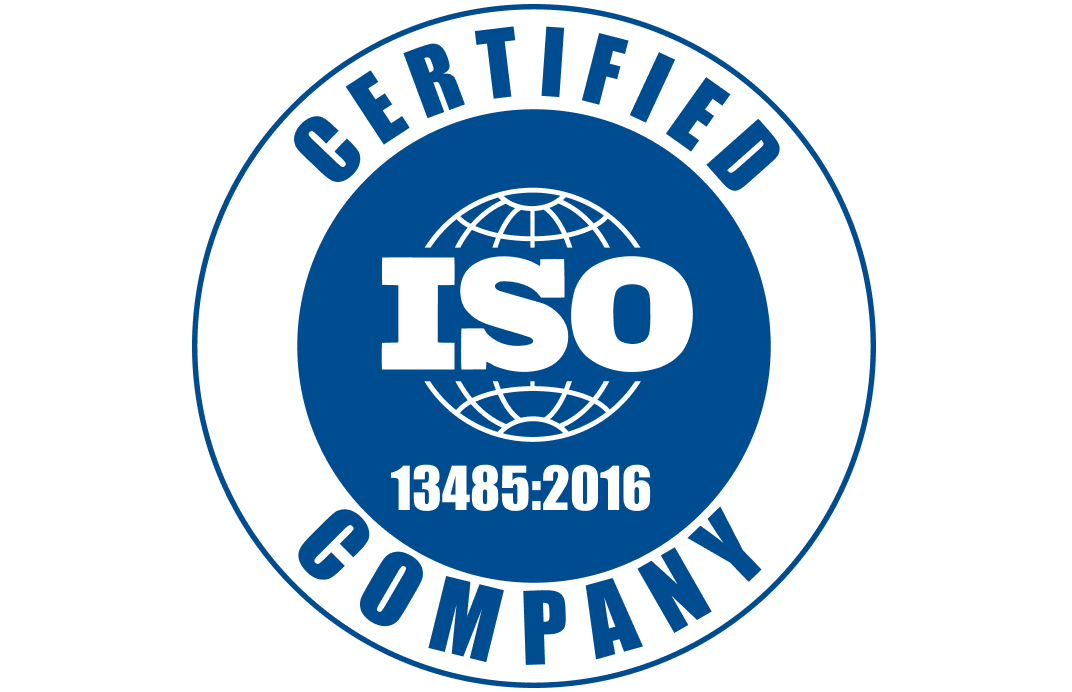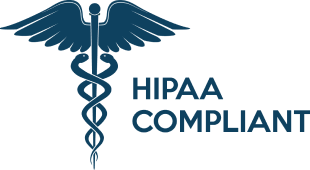The Key to Reducing Hypertension in Pregnancy
High blood pressure in pregnancy is on the rise. According to the CDC, in the United States alone, high blood pressure occurs in 1 in every 12-17 pregnancies among women ages 20-44. High blood pressure can lead to a range of serious complications for both the mother and the baby, including, preeclampsia, eclampsia, and preterm delivery. What exactly are these complications and how can they be avoided?
Pregnancy complications caused by high blood pressure:
- Gestational hypertension – gestational hypertension occurs when a woman has high blood pressure without protein in the urine or organ damage. About 15-25% of women with gestational hypertension progress to having preeclampsia.
- Preeclampsia– preeclampsia is a serious condition in which a mother develops sudden high blood pressure, protein in urine, swelling, headaches and blurred vision. Preeclampsia typically occurs after the 20th week of pregnancy. Preeclampsia complicates up to 8% of deliveries worldwide, and in the U.S. causes about 15% of premature deliveries.
Preeclampsia puts stress on the heart and other organs of the mother. Left untreated, preeclampsia can result in potentially fatal complications, including eclampsia, liver rupture, stroke or kidney failure, as well as serious birth complications. Treatment of preeclampsia includes medication to lower blood pressure, bed rest, and in severe cases, early delivery of the baby.
- Eclampsia– eclampsia is a rare but serious complication of preeclampsia, in which a mother develops seizures. If not treated promptly, the seizures can cause confusion, disorientation, or put the pregnant person in a coma, and can even lead to stroke or be fatal. Eclampsia can occur before, during or after delivery.
Treatment for eclampsia usually involves immediate delivery of the baby and medications to control the mother’s blood pressure and prevent seizures. The mother and baby will typically be closely monitored in order to ensure full recovery.
The costly burden of hypertension during pregnancy
Hypertensive disorders during pregnancy are associated with a marked increase in health service utilization and medical expenditures. One study showed that women with preeclampsia, eclampsia, and gestational hypertension had “$9,389, $6,041, and $2,237 higher mean medical expenditures compared to women without hypertensive disorders.” Another study concluded that the “economic burden of preeclampsia health care is significant with the main cost drivers being infant health care costs associated with lower gestational age at birth and greater adverse outcomes.” The study found that the mean infant cost among pregnancies complicated with preeclampsia was $28,898 and $12,648 among mothers with gestational hypertension in comparison to $3,699 in uncomplicated pregnancies.
These exorbitant costs don’t include the costs associated with the long term health risks associated with hypertensive disorders during pregnancies. Having preeclampsia or gestational hypertension “doubles the risk of developing coronary heart disease and stroke in the future.” To reduce the risk of developing heart disease, women who have had preeclampsia or gestational hypertension should be closely monitored for heart disease risk factors like blood pressure, cholesterol, and blood sugar. With heart disease being the world’s most costly disease, preventing hypertension during pregnancy can go a long way for both patients, providers and insurers.
The simplest solution, already in your patients pockets’
In most cases, hypertensive disorders during and after pregnancies can be prevented with consistent blood pressure monitoring before, during and after pregnancy. To help reduce the friction associated with measuring blood pressure, including transportation to medical clinics, the cost of hardware, or the challenge of taking a proper blood pressure measurement, healthcare providers and insurers can make measuring blood pressure simple, convenient and affordable for pregnant patients.
Using Binah.ai’s easy-to-integrate SDK, insurers and healthcare providers can enable pregnant patients to measure blood pressure in addition to a number of biomarkers like heart rate, oxygen saturation, mental stress and more, by taking a simple 60-second video selfie with their smartphone cameras. Since the technology runs on the device, patients can take a health scan at any time and from anywhere, regardless of internet connection. The health scans can also be used to enable telehealth sessions and make it easier for pregnant women to overcome barriers to care like travel and time off of work.
Taking a blood pressure measurement has never been simpler. By enabling pregnant people to monitor their blood pressure from their smartphones, insurers and healthcare providers can help reduce the risk of complications during pregnancy and prevent the significant costs of those complications in both the short and long term.
To learn more about video-based blood pressure monitoring from smartphones, visit our Cuffless Blood Pressure Checks page here.

 close
close





